There’s been much talk about tokenization and real-world assets (RWAs) over the past year or two. Even financial heavyweights like Larry Fink have weighed in, touting that BTC and Ethereum exchange-traded funds (ETFs) are “stepping stones” to the tokenization of everything.
While browsing on X recently, I came across a post that sparked an old debate. Can RWAs exist on a blockchain, or will they always be IOUs (I owe you) and claims rather than the assets themselves, fundamentally linked to the legal system and old world? I’ll argue the latter is true.
You can’t put “real world assets” on a blockchain.
You can only put IOUs for RWAs that need to be enforced by courts.
What are real-world assets?
RWAs are securities like stocks and bonds, commodities like gold and oil, and real estate. They can also be collectibles like art.
Basically, they’re physical assets, not just bits on a screen like non-fungible tokens (NFTs). However, since the tokenization trend began picking up pace last year, the idea of trading RWAs on scalable public blockchains has taken root. Proponents imagine a world where transferring a stock or property is as easy as clicking a button so that the title instantly transfers to the new owner for a small fee.
The idea has appeal; 24/7 trading, timestamped proof of transfers, better liquidity, more accessibility, and fractional ownership are all potential benefits of tokenized RWAs. But there are limits that must be acknowledged and reconciled before tokenization becomes a big deal.
Why RWAs can never be fully on-chain
As always, in the blockchain and digital assets space, the real world intrudes. While tokenized assets can exist, they can never do so solely on blockchains and are detached from legal systems and physical reality.
First, there are real-world records to consider. Property registers, broker databases, and others exist and must often be legally checked before ownership transfers happen. They must also be updated when assets change hands. Yes, these databases themselves could be linked to one or more scalable public blockchains, but they still exist independently of them and will likely always take legal precedence over them.
Next, there are contracts. While gold coins and stocks can be sold relatively easily online, things like houses, oil tankers, and valuable art often involve contracts that need to be penned and scrutinized by lawyers. Could these be automated as smart contracts? Perhaps to an extent, but disputes will arise, details will be argued over, and real people will always be involved to some extent. Furthermore, smart contracts cannot override written laws; they can only reflect them.
Going deeper on the legal point, most jurisdictions do not recognize blockchain tokens alone as valid proof of ownership, and some never will. Tokenization alone also introduces the double-spend problem; if I issue and sell one token representing a house in London, what’s to say I can’t issue and sell dozens of others? Tokens have to be backed up by contracts in alignment with property law, and off-chain enforcement mechanisms have to play a role when this occurs.
Another issue is custody. Whether code is law advocates like it or not, custodians are centralized third parties that control physical assets. They can simply refuse to honor tokens, go bankrupt, lose assets, and do several other things with them. Whoever controls the assets has the power, and for myriad reasons, real legal work is necessary. For example, if a bank tokenizes gold bars on the blockchain, the gold bars remain in its vault. If the bank goes bankrupt or refuses redemption, the tokens are worthless, and courts must become involved.
Tokenization doesn’t remove trust; it merely reassigns it from traditional intermediaries like banks and governments to issuers, custodians, and smart contract developers.
So, does tokenization even make sense?
Where assets are natively digital, it makes a lot of sense. Digital coins, NFTs representing art, and in-game assets are some examples of purely digital assets that can exist on a blockchain with little link to the real world.
That said, tokenization can make the trading of RWAs more efficient. Fractional ownership and increased liquidity are real benefits, smart contracts can automate things like interest payments, and the transparency and auditability of records on or linked to the blockchain all bring benefits.
However, all of this must be built with the existing legal system in mind. RWAs can only exist on blockchains if backed by regulated custodians, legal agreements, and trusted enforcement mechanisms like contracts and courts. In other words, by moving toward blockchain technology, traditional finance is bringing blockchain technology closer to it.
The need for legally compliant blockchains and Digital Asset Recovery
When it comes to big items like real estate and oil tankers, there isn’t too much to worry about when token disputes arise. If Joe and Bob both have tokens claiming they own a house, it can be settled in court by referring to the legal register and all relevant evidence. A bulky physical item like that can’t be moved easily, and it’s likely to stay with whoever currently possesses it until the legal dispute is settled.
However, when it comes to digital currencies like Bitcoin or stablecoins, valuable NFTs, or things like tokenized domain names, theft, and fraud can shift these items into the wrong hands in seconds. So far, victims have been told there’s nothing they can do, but if the world is to embrace this technology and mint/store/move massive value on it, that’s unacceptable.
This is where Digital Asset Recovery can help. Scalable public blockchains like BSV have been built with common-law legal systems in mind, and there are tools to enforce legal orders on them. For example, if BlackRock (NASDAQ: BLK) loses $100 million in stablecoins to a hacker on BSV, they can file a court order, and the nodes will freeze the coins and return them to their rightful owner when instructed to do so by a judge.
Due to their design and the ideological stances of their architects, this isn’t promoted on blockchains like BTC and Ethereum, and their proponents claim it isn’t even possible. They have been designed in such a way that nodes are run by unknown entities, and therefore, cannot be issued with court orders with which they must comply. This leaves victims of fraud or theft powerless.
If tokenization is going to be a lasting trend that changes the world, it has to take place on a scalable public blockchain designed from the outset to abide by the law and enforce property rights. Even here, at the fundamental technical level, the real world intrudes, and the law applies.
Code is not and never will be law, and if given two options: a scalable public blockchain where they have legal rights and can enforce them, or slow, limited chains where their digital property can be stolen without any chance of recovery, rational actors will choose the first option. Governments, enterprises, and individuals who care about their property rights and who often have legal obligations to stakeholders can’t afford to do otherwise.
Watch: With blockchain, the utility is becoming more and more important



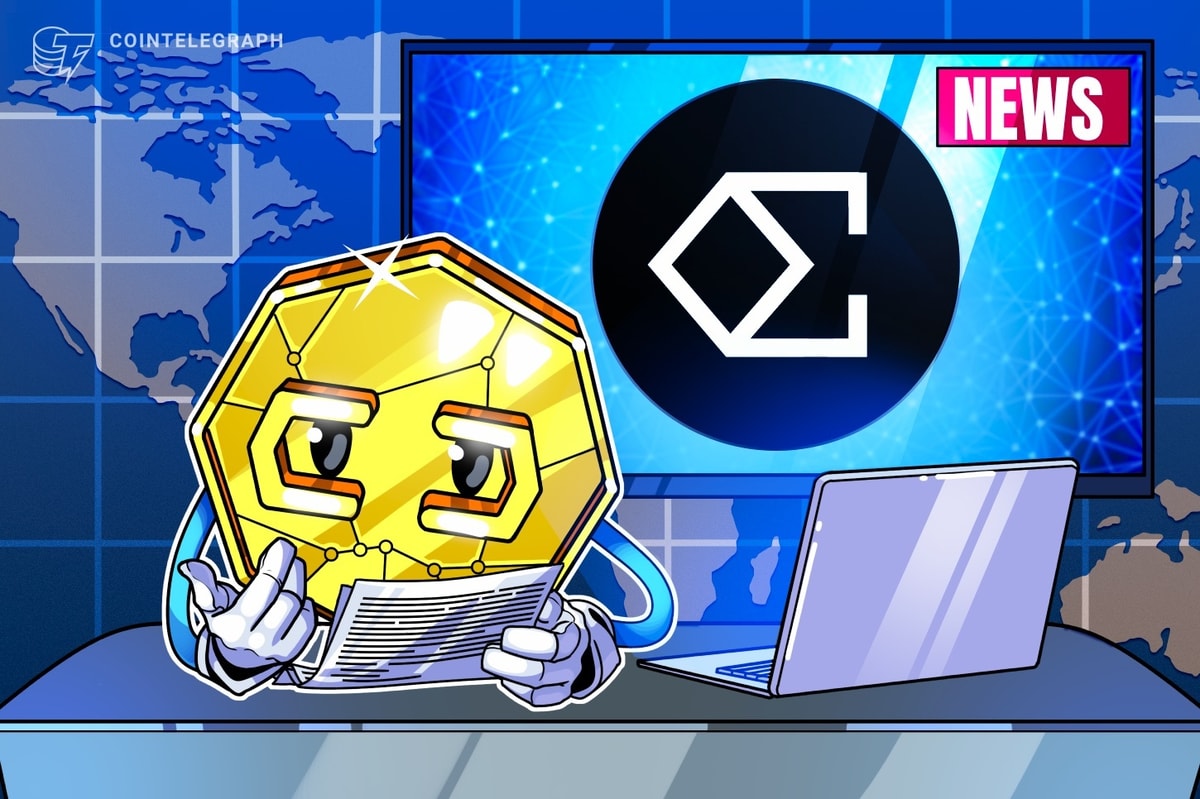
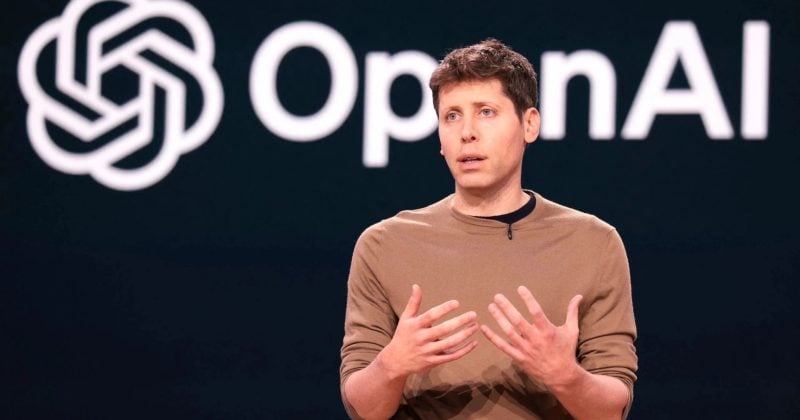


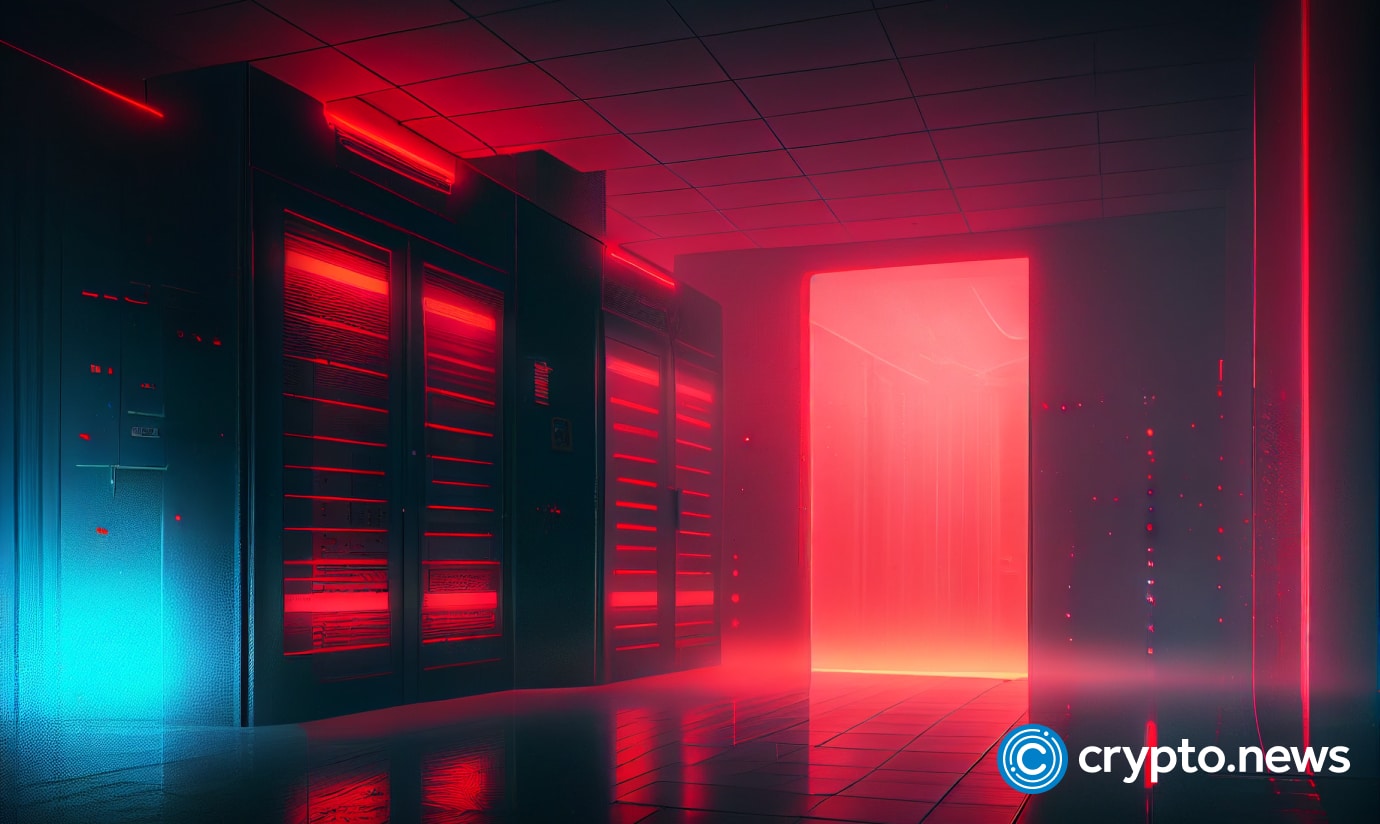
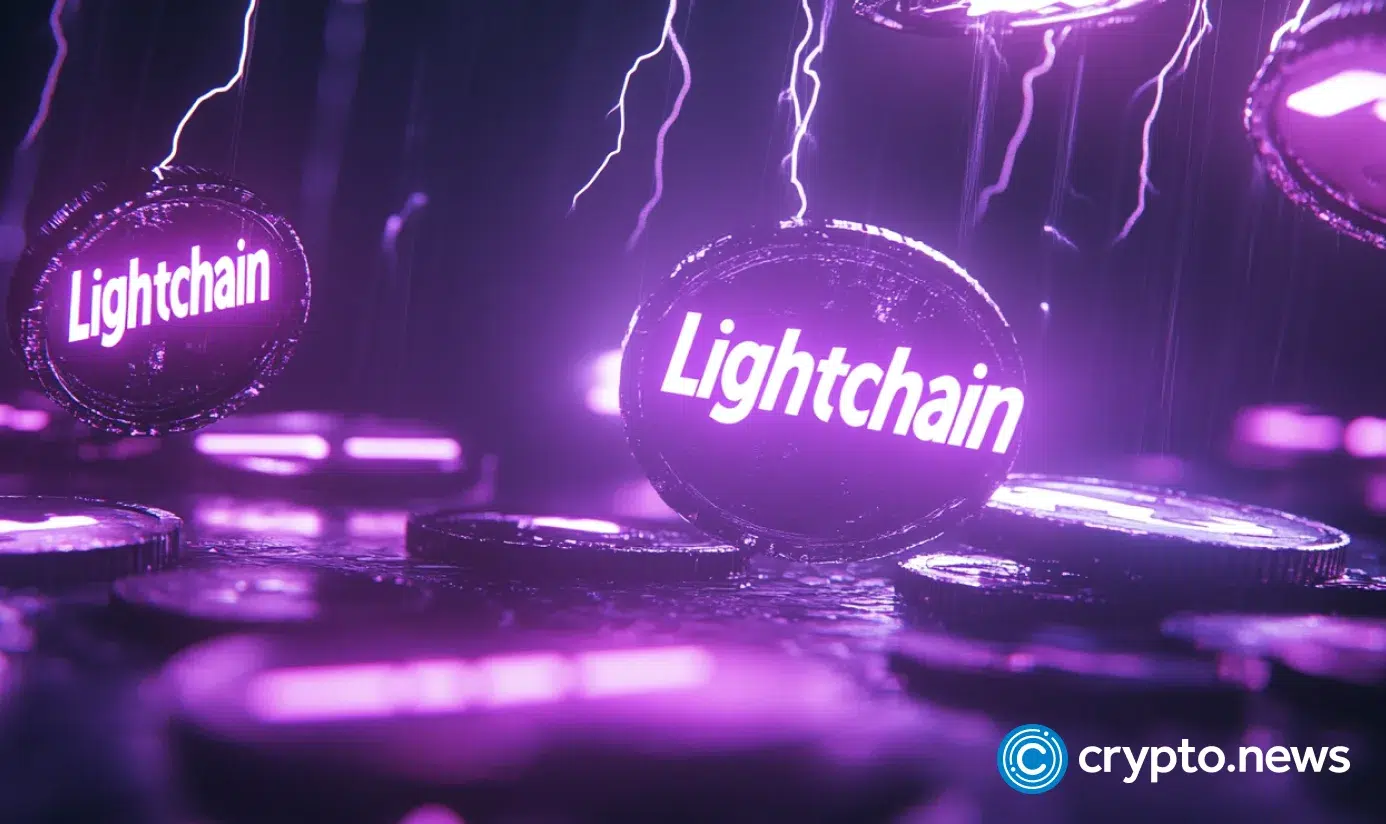




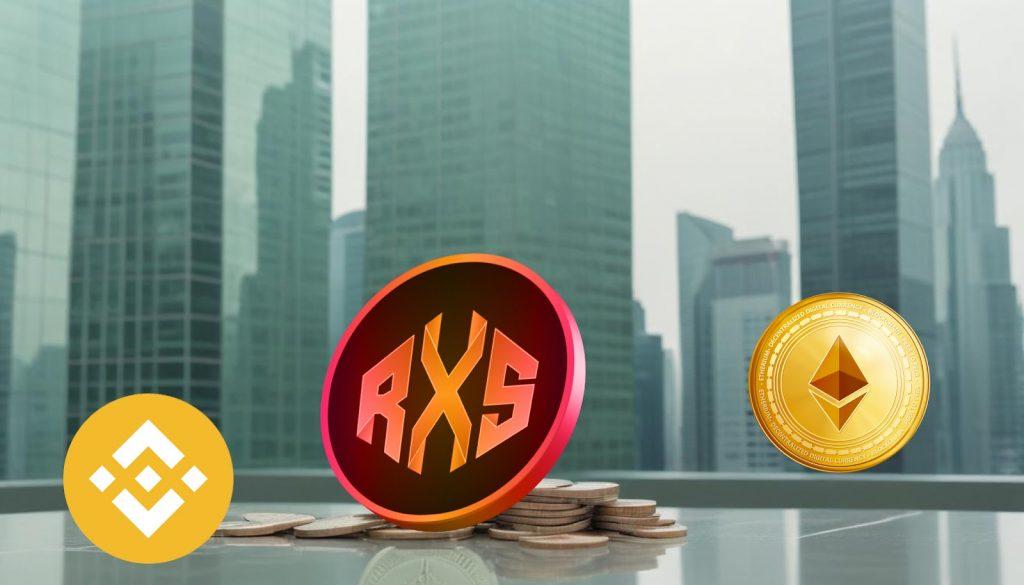


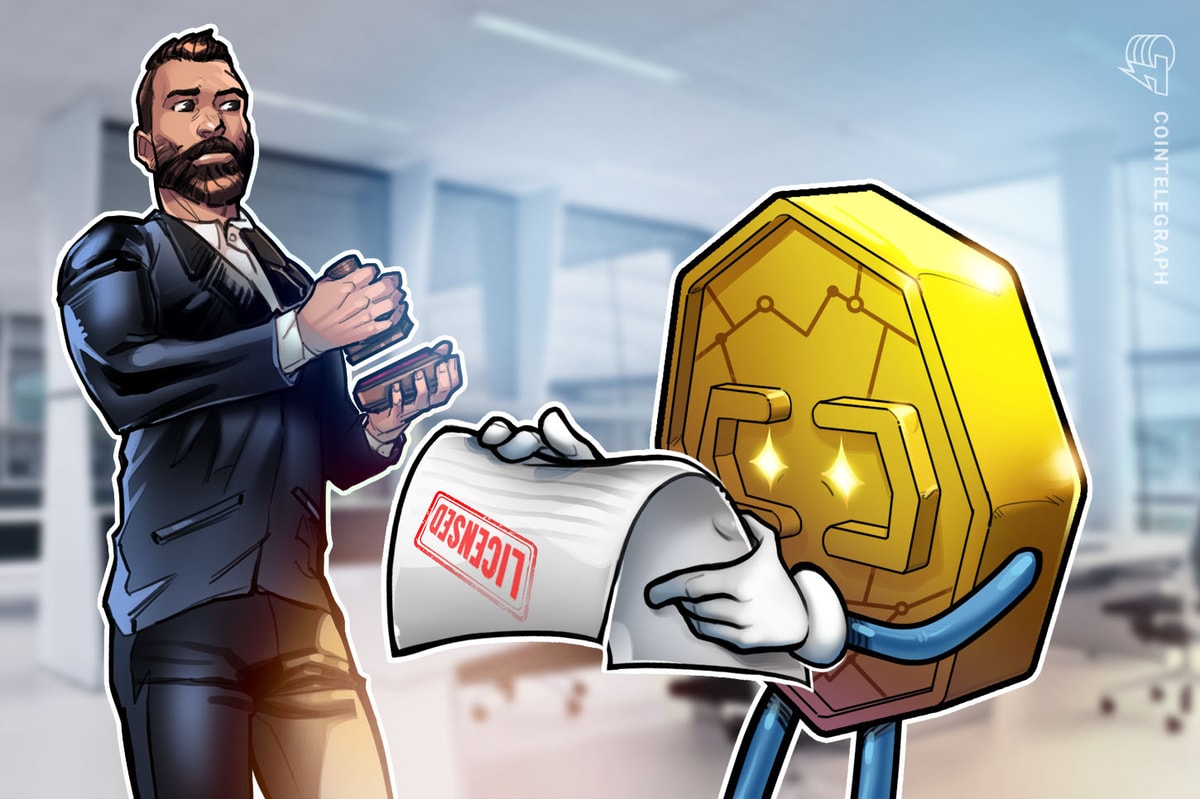
 English (US) ·
English (US) ·